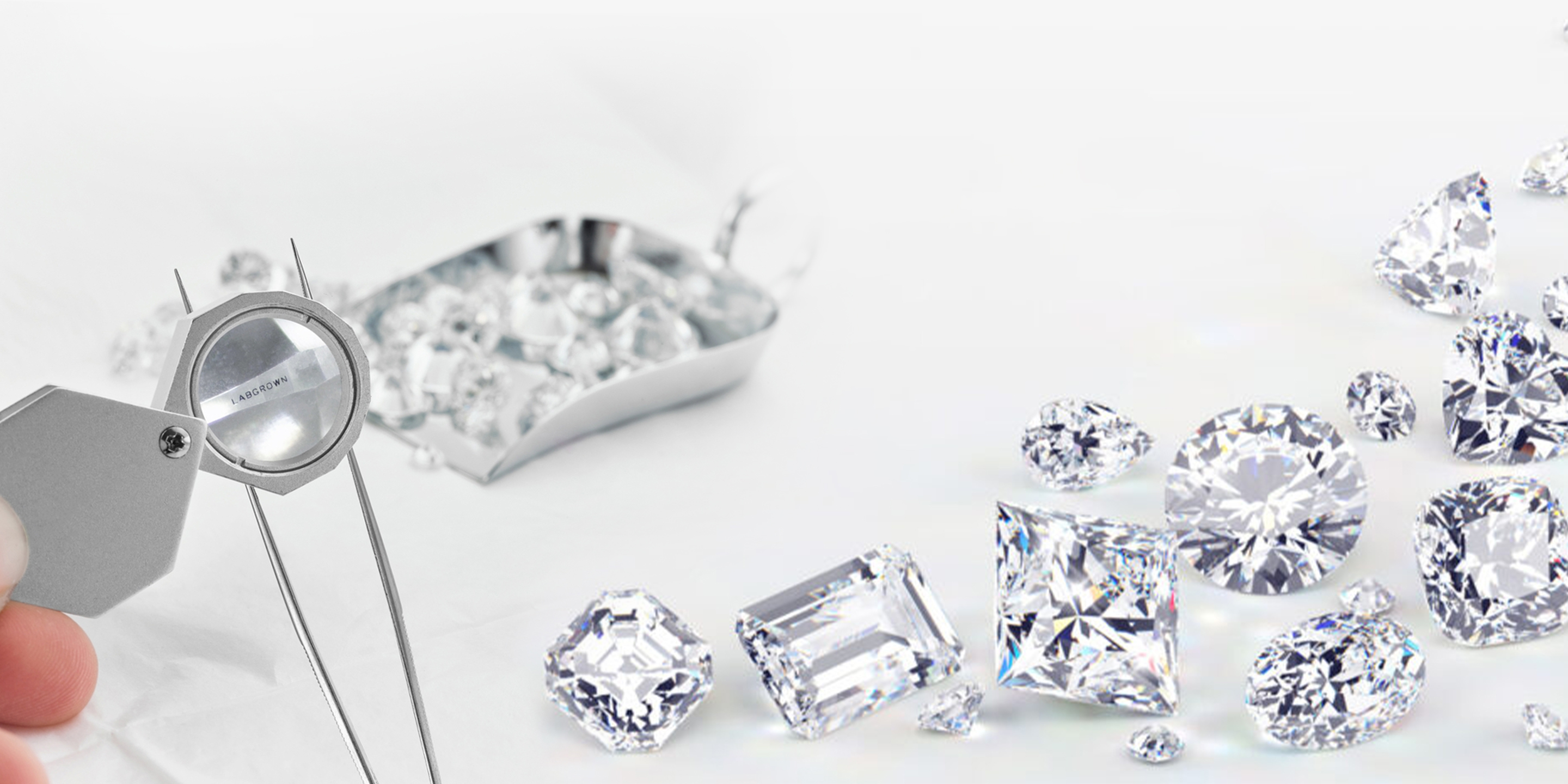
Have you ever poured your heart into crafting a presentation, only to deliver it and feel like your words were falling flat? The audience seemed disengaged, and your message didn’t land with the impact you envisioned. In the world of presentation skills training, this is a common scenario. The truth is, communication is a two-way street, and what you say is only half the story. The other half? Your body language.
Nonverbal cues – facial expressions, posture, gestures, and even eye contact – can be incredibly powerful tools for enhancing your message and leaving a lasting impression. In this Body Language Bonanza, we’ll explore how to harness the power of nonverbal communication to become a more confident and impactful presenter.
The Silent Language: Why Body Language Matters
Think about a time you’ve listened to someone speak. Did you find yourself focusing solely on their words, or were you also picking up on nonverbal cues? Chances are, you were unconsciously interpreting their body language. Studies suggest that nonverbal communication can account for anywhere from 60% to 80% of the message we receive [1]. This means your body language can significantly amplify or contradict your spoken words.
Here’s why mastering nonverbal communication is crucial for presentations:
- Builds Trust and Rapport: Open, confident body language puts your audience at ease and fosters a sense of connection. Conversely, closed-off postures or nervous fidgeting can create distance and make you seem untrustworthy.
- Boosts Engagement: Energetic and enthusiastic nonverbal cues keep your audience engaged. A monotone voice and stiff posture, on the other hand, can lull them to sleep (figuratively, of course!).
- Reinforces Your Message: Nonverbal cues can visually emphasize your points. A raised eyebrow can signal a question, while a hand gesture can highlight a key concept.
- Increases Confidence: When you use strong, purposeful body language, you project confidence, which rubs off on your audience. This can help you overcome presentation jitters and deliver a more compelling performance.
Decoding the Nonverbal Code: A Field Guide
Now that we understand the significance of body language, let’s explore some key nonverbal cues and how to use them effectively:
- Posture: Stand tall with your shoulders back and relaxed. This conveys confidence and authority. Avoid slouching, which can project insecurity or boredom.
- Eye Contact: Making eye contact with different audience members shows you’re engaged and interested in connecting. However, avoid staring intensely, which can make people feel uncomfortable.
- Facial Expressions: Smile when appropriate, nod to acknowledge points, and furrow your brow when discussing challenges. Your expressions should reflect the tone of your message.
- Gestures: Use natural hand gestures to emphasize points, but avoid excessive or erratic movements that can be distracting.
- Movement: Move around the stage purposefully to keep your audience visually engaged. However, avoid pacing back and forth nervously.

Beyond the Basics: Advanced Nonverbal Techniques
Mastering the fundamentals is a great first step, but to truly take your body language to the next level, consider these advanced techniques:
- Mirroring: Subtly mirroring your audience’s posture or gestures can build rapport and make them feel understood.
- Open Gestures: Keep your arms uncrossed and palms facing outwards to project openness and receptivity.
- Vocal Variety: Vary the volume, pitch, and pace of your voice to keep your audience engaged. Speak clearly and project your voice so everyone can hear you.
- Use of Space: Own the stage without appearing domineering. Move around comfortably, but avoid crowding your audience.
Practice Makes Perfect: Mastering Your Nonverbal Toolkit
Just like any other skill, becoming a master of nonverbal communication takes practice. Here are some tips to help you hone your craft:
- Record Yourself: Record yourself practising your presentation and pay attention to your body language. Identify areas for improvement and practice consciously.
- Seek Feedback: Ask a trusted friend or colleague to observe your presentation and offer constructive feedback on your nonverbal cues.
- Pay Attention to Others: Observe how effective communicators use body language. Watch TED Talks or presentations by renowned speakers and analyze their nonverbal techniques.
Conclusion: The Body Language Advantage
By harnessing the power of nonverbal communication, you can transform yourself into a captivating presenter who commands attention and delivers a truly impactful message. Remember, your body language is an extension of your words. When your nonverbal cues are aligned with your spoken message, you create a powerful synergy that resonates with your audience. So, go forth, conquer your presentation jitters, and unleash the Body Language Bonanza within you! If you’re looking to take your skills to the next level, consider enrolling in public speaking classes. These classes can provide valuable training and feedback on both your verbal and nonverbal communication, ensuring you deliver presentations with confidence and clarity.






